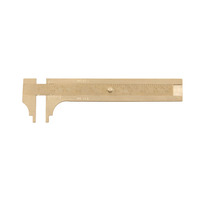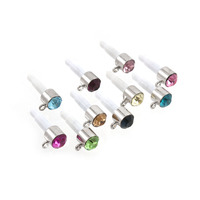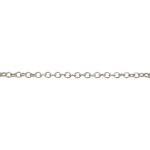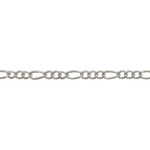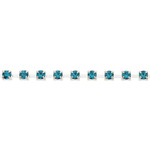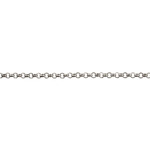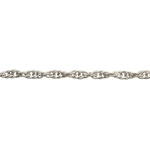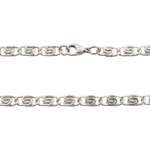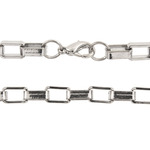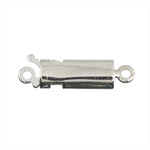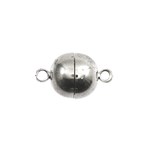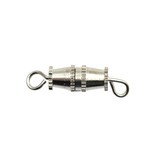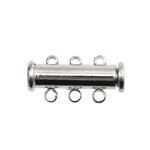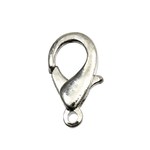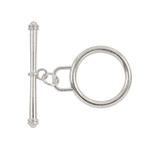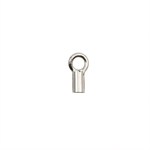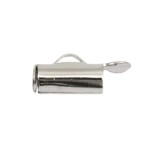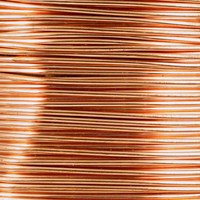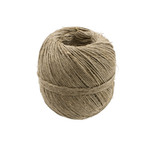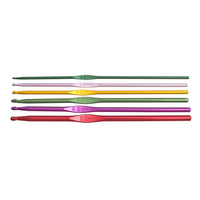Beader’s dictionary
- CABOCHON
- CALIPER
- CAMEO
- CARNELIAN
- CASTING RESIN
- CAT-EYE
- CELL PHONE (MOBILE) DECORATION
- CERAMIC
- CHAIN
- CHAINMAIL
- CHALCEDONY
- CHANNEL FINDING
- CHARM
- CHATELAINE
- CHATON
- CHEW BEAD
- CHIPS
- CHRYSOBERYL
- CITRINE
- CLASPS
- CLAY CONDITIONNING MACHINE
- CLAY EXTRUDER
- CLAY SOFTENER
- CLOISONNE
- COMB
- COMPLEMENTARY COLORS
- CONNECTOR
- COPPER
- CORAL
- CORD
- COVER CRIMP
- CRIMPS
- CROCHET
- CROSS-LOCK TWEEZERS
- CRYSTAL
- CUBIC ZIRCONIA
CABOCHON (See products)
CALIPER
CAMEO
CARNELIAN (See products)
CASTING RESIN (See products)
Resin is a heat-hardening plastic made from resin and a hardener. When these two components are mixed, resin hardens and its reversibility is impossible. There are many different types of resin.
Polyester resin has a liquid and extremely slimy aspect. It is translucent and is abundantly used for jewelry making and decorating accessories.
Polyurethane resin sets really fast. It is very robust and is mainly used in factory made products.
Epoxy resin is flexible and translucent and can be used like a varnish. It is commonly used in jewelry because it can be sanded, polished and frosted and dyed.
Acrylic resin is mostly used to make sets or for decors. It is a resin used for architectural reproductions. It is also used for important casting projects and it does not shrink when it hardens.
Casting resin is the result of mixing resin with a hardening agent. The dosage and the mix of the two components are very important steps that directly affect the setting of the resin. This resin can be mixed with (flat-headed) wooden stirrers in disposable graduated plastic cups. Resin is translucent and transparent but dyes and pigments can be added during preparation to add color. Once all the components are well mixed, the resin must be cast in a chosen recipient. The setting time varies between 12 to 48 hours. There are different brands of resin, it is thus important to read the instructions inside the package really well before starting your project. Unused resin can be kept for up to 6 months after the jars have been opened. It is not recommended to expose it to direct sunlight.
Glazing resin helps add relief to flat surfaces and it does not require molds unlike the casting resin. Its drying time is about 6 hours (surface) and it fully dries after 12 hours.
CELL PHONE (MOBILE) DECORATION
CERAMIC (See products)
CHAIN (See products)
Anchor chain (See products)
Ball chain (See products)
Breguet chain (See products)
Cable chain (See products)
Crystal link chain (See products)
Curb chain (See products)
European style chain (See products)
Extender chain (See products)
Fabric chain (See products)
Fancy chain (See products)
Figaro chain (See products)
Flexible snake chain (See products)
Prince of Wales chain (See products)
Rhinestones chain (See products)
Rolo chain (See products)
Rope chain (See products)
Singapore chain (See products)
Snail chain (See products)
Snake chain (See products)
Stick bar chain (See products)
Venetian box chain (See products)
CHAINMAIL
CHALCEDONY (See products)
CHANNEL FINDING (See products)
CHARM (See products)
CHATON (See products)
CHEW BEAD (See products)
CHRYSOBERYL
CITRINE
CLASPS (See products)
Fish hook clasp (See products)
Hook and eye clasp (See products)
Magnetic clasp (See products)
Pawl clasp (See products)
Screwable clasp (See products)
S-hook clasp (See products)
Slide lock magnetic clasp (See products)
Springing clasp (See products)
Toggle clasp (See products)
Zamak clasp (See products)
CLAY CONDITIONNING MACHINE (See products)
CLAY EXTRUDER (See products)
CLAY SOFTENER (See products)
CLOISONNE
COMB
CONNECTOR (See products)
“U” shape (See products)
Cord connector (See products)
Crimp tube (See products)
Multi-row (See products)
Wire guardian, Wire protector (See products)
COPPER
| Gauge | Suggestions |
|---|---|
| 28 | Spool knitting, embroidery, delicate decoration, fine weaving, crochet |
| 24 | Bead wrapping, double-eye pin, double-eye charm, delicate decoration |
| 22 | Bead wrapping, eye pin, charm, delicate decoration, bead cage |
| 20 | Bead wrapping, eye pin, charm, delicate decoration, ring form, sculpted decoration, earring hook, bead cage |
| 18 | Bead wrapping, eye pin, charm, ring form, sculpted decoration, earring hook, bead cage, clasp |
| 16 | Sculpted decoration, ring, bracelet, earring, pendant and necklace form, bead cage, clasp |
| 14 | Sculpted decoration, ring, bracelet, earring, pendant and necklace form, clasp |
| 12 | Sculpted decoration, ring, bracelet, earring, pendant and necklace form, clasp |
| 10 | Sculpted decoration, bracelet, pendant and necklace form |







